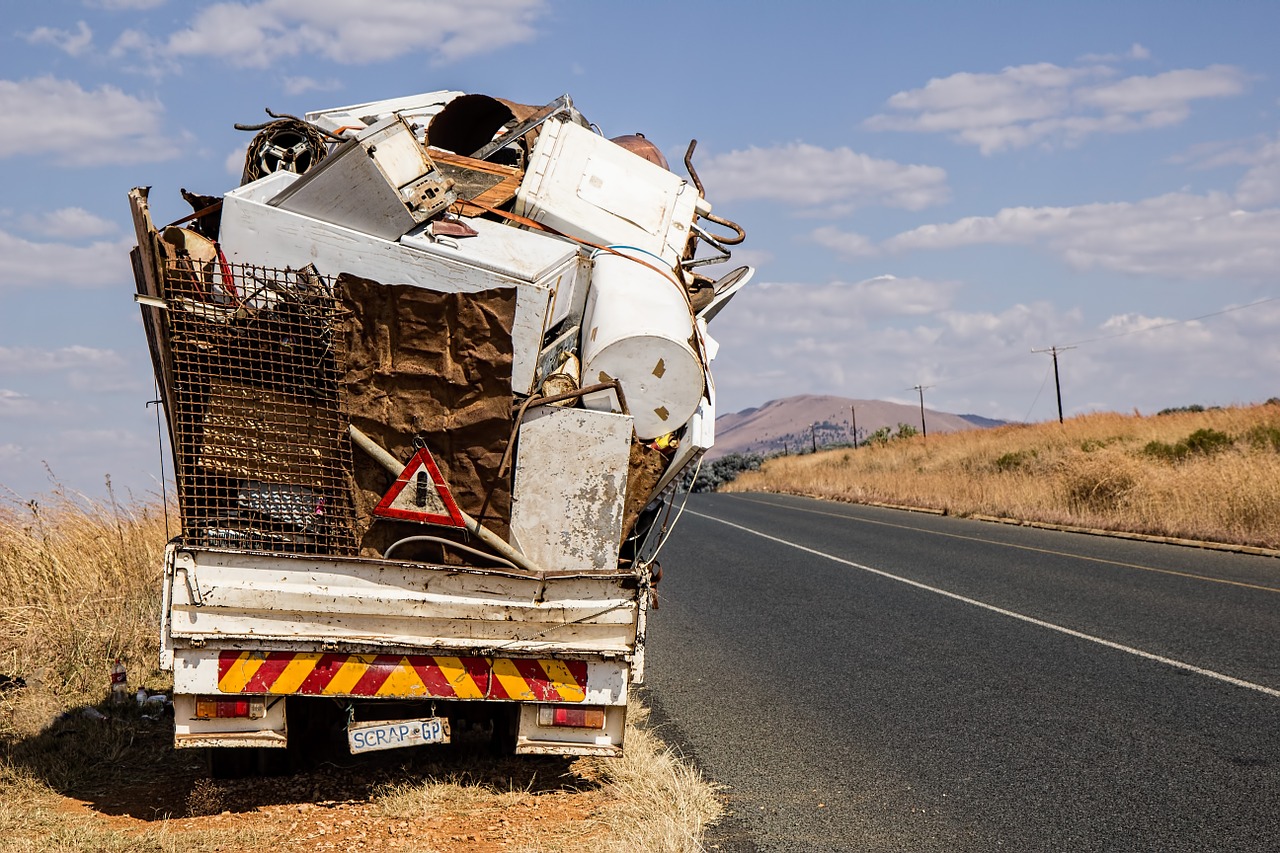
Keeping safe on the roads is important for both you and other drivers around you. As health and safety regulations get reviewed more frequently it is important to keep updated on the most recent amendments to regulations.
Ensuring loads are properly secured is extremely important. If something falls onto the road it could endanger other drivers, cause huge traffic delays and result in a loss of money if there are any damaged goods.
Here at Freightlink Reload, we decided to break down the rules and regulations to help you stay safe:
- Start by stacking the load against the headboard. Keep the centre of gravity as low as possible.
- Check the stability of the load without lashings, if it isn’t secure this may cause issues when unloading. Try supporting it with a box, stillage or transport frame if it is unstable.
- Keep the load at the headboard.
- If this is not possible or items are at risk of sliding over it use lashes, sails, chocks and blocking to stop the load from moving during transit.
- Secure the load to the base of the vehicle using a load restraint system. Don’t rely on the weight of the load to keep it in place. There have been many instances where cargo has moved during transit despite its weight. Keep it secure.
- Make sure you do your research, there are many different load restraint systems available and it is crucial that you opt to buy the best one for the cargo you are transporting. Remember that more force will be essential to keep the load in place once the vehicle begins to move and again when the driver brakes. This will affect the strength of the restraint system you will need to have in place to travel safely.
- Keep safety in mind, make sure that there are no unnecessary risks caused by the way cargo is stacked. Remember that the vehicle will need to be unloaded, don’t stack objects too high.
- Have a loading plan in place, ensure that there is a strategy in case of movement and the best way to unload the vehicle. If you are not driving make sure the driver is aware of the strategy and knows what cargo they are transporting.
- If you are not the driver make sure that the driver knows how the cargo has been secured and has a chance to review the decisions that have been made.
- Make a risk assessment. It is a legal requirement to have a suitable risk assessment in place. It is important that loading decisions are reviewed by another person who can attest to the safety of the vehicle in order to prevent mistakes which could lead to accidents on the road or in the unloading process.
Find out more about the Government guidelines for the safety and security of cargo - Load securing: vehicle operator guidance.
Have you got any thoughts on securing cargo? Let us know on our Facebook page.
